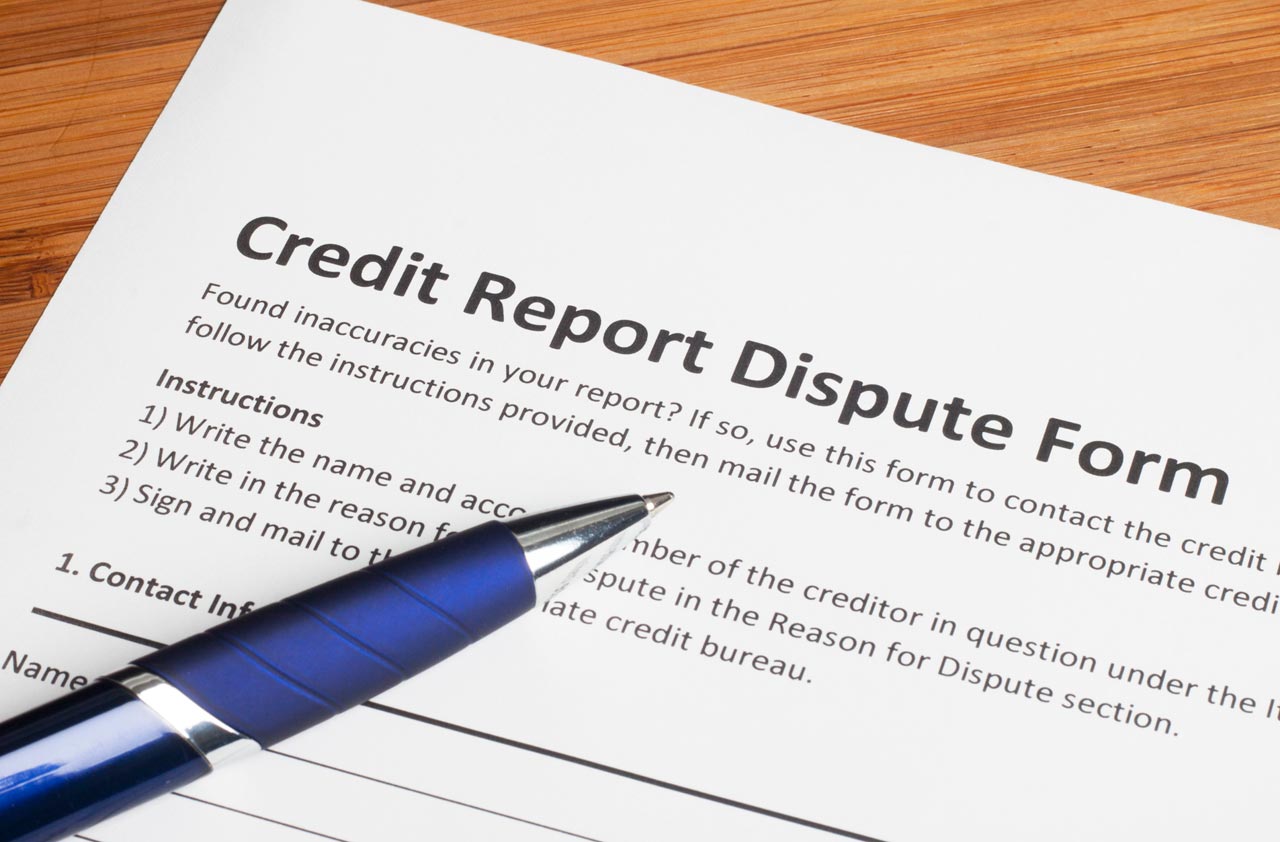Navigating Around the Obamacare Sign-Up Problems
The HealthCare.gov site should operate more smoothly by late November. Meanwhile, you can apply for a policy by phone or through the mail.

I've been having trouble signing up for health insurance on HealthCare.gov. When do I need to sign up in order for coverage to start by January 1? Is there any other way to sign up for a policy?
As long as you buy a policy by December 15, the coverage should take effect on January 1, so there's no reason to rush to get the insurance. The Department of Health and Human Services is scrambling to improve the Web site, and Jeff Zients, a former Obama administration official who is leading the project, says the site "will operate smoothly for the vast majority of users" by the end of November. Applying for coverage in late November should give you plenty of time to buy a policy that will take effect on January 1.
You can also apply for coverage over the phone or through the mail, or you can work with local navigators (the groups that have received government grants to help people assess coverage options and complete enrollment forms). See How Do I Apply for Marketplace Coverage for more information about the ways to apply, and Find Local Help for contact information about local organizations that can help you learn more about your options and enroll.

Sign up for Kiplinger’s Free E-Newsletters
Profit and prosper with the best of expert advice on investing, taxes, retirement, personal finance and more - straight to your e-mail.
Profit and prosper with the best of expert advice - straight to your e-mail.
If you live in a state that runs its own exchange (such as California), you may have an easier time signing up now. (You can find links to the state exchanges at HealthCare.gov.) You have until December 15 to sign up for January 1 coverage at those sites, too.
Even if you wait a few weeks before applying for coverage, you can start to research your options now. Several resources can help. The HealthCare.gov site has been updated to offer general information about plans and prices based on your state and county, the number of people in your family you're covering, and the age range. The preview includes the insurer and policy names, coverage level (bronze, silver, gold, platinum or catastrophic) and estimated premium. But it doesn't give an exact premium for your age or provide details about the deductibles, co-payments, coverage or networks.
You won't see more details about the policy or find out whether you qualify for a subsidy unless you fill out an online application. Individuals with income of about $46,000, or a family of four with an income of about $94,000, will qualify for subsidies; you can get an estimate of the size of your subsidy by using the Kaiser Family Foundation subsidy calculator. For more information, see Calculating the Health Insurance Subsidy.
You can also go to eHealthInsurance.com to get more information about many (but not yet all) of the policies available on the 36 federally run exchanges (also called marketplaces) — and more policies are being added to the database each week. To get a list of those plans, type in your zip code, specify that the coverage starts in 2014, and provide information about the people being covered. Then click on "check if you're eligible for a government subsidy." To see your estimated subsidy, type in the ages of the people applying for coverage and your estimated 2014 household income.
Click on "preview the plans" for a list of many policies that are available on those federally run exchanges. You'll see the plan name and metal level, the premiums and the cost after your estimated subsidy, and the deductibles and co-payments. There are links for more plan details and to search for your doctors or other providers in the insurer's database. You can't enroll in these plans at eHealthInsurance using your subsidy yet, but you should be able to do that in a few weeks.
EHealthInsurance.com also sells policies that are not on the exchanges and that do not qualify for the subsidies. Buying an unsubsidized policy can be a good option if your income is too high for the tax credit. In 2014, these policies must meet most of the same rules as policies sold on the exchanges: They must include the same ten essential benefits, must fall into the same metal categories (platinum, gold, silver and bronze) and cannot reject people or charge more because of preexisting conditions.
You can also get information about plans sold both on and off the exchanges directly from insurers, although you can't use the subsidies to buy coverage at the insurers' sites. Cigna.com, for example, provides plan details and comparisons for all of its policies. It's important to check whether your doctors, hospitals and other providers are in the plan's network and to see how your medications are covered.
When you do sign up for a plan through an exchange (whether federally or state-run), make sure your information has been transmitted accurately. You should receive an enrollment kit from the health plan that confirms all of the information and benefits, but it's a good idea to call the insurer to double-check that you have been enrolled accurately, says Cigna spokesman Joe Mondy.
Get Kiplinger Today newsletter — free
Profit and prosper with the best of Kiplinger's advice on investing, taxes, retirement, personal finance and much more. Delivered daily. Enter your email in the box and click Sign Me Up.

As the "Ask Kim" columnist for Kiplinger's Personal Finance, Lankford receives hundreds of personal finance questions from readers every month. She is the author of Rescue Your Financial Life (McGraw-Hill, 2003), The Insurance Maze: How You Can Save Money on Insurance -- and Still Get the Coverage You Need (Kaplan, 2006), Kiplinger's Ask Kim for Money Smart Solutions (Kaplan, 2007) and The Kiplinger/BBB Personal Finance Guide for Military Families. She is frequently featured as a financial expert on television and radio, including NBC's Today Show, CNN, CNBC and National Public Radio.
-
 Stock Market Today: Stocks Gain on Tech, Auto Tariff Talk
Stock Market Today: Stocks Gain on Tech, Auto Tariff TalkThe Trump administration said late Friday that it will temporarily halt tariffs on some Chinese tech imports.
By Karee Venema
-
 Sam's Club Plans Aggressive Expansion: Discover Its New Locations
Sam's Club Plans Aggressive Expansion: Discover Its New LocationsSam's Club expansion plans will open up to 15 new stores each year. Learn where they plan to open in 2025.
By Sean Jackson
-
 Credit Report Error? They All Matter
Credit Report Error? They All Mattercredit & debt Don't dismiss a minor error. It could be the sign of something more serious.
By Kimberly Lankford
-
 Insurance for a Learning Driver
Insurance for a Learning Driverinsurance Adding a teen driver to your plan will raise premiums, but there are things you can do to help reduce them.
By Kimberly Lankford
-
 529 Plans Aren’t Just for Kids
529 Plans Aren’t Just for Kids529 Plans You don’t have to be college-age to use the money tax-free, but there are stipulations.
By Kimberly Lankford
-
 When to Transfer Ownership of a Custodial Account
When to Transfer Ownership of a Custodial Accountsavings Before your child turns 18, you should check with your broker about the account's age of majority and termination.
By Kimberly Lankford
-
 Borrowers Get More Time to Repay 401(k) Loans
Borrowers Get More Time to Repay 401(k) Loansretirement If you leave your job while you have an outstanding 401(k) loan, Uncle Sam now gives you extra time to repay it -- thanks to the new tax law.
By Kimberly Lankford
-
 When It Pays to Buy Travel Insurance
When It Pays to Buy Travel InsuranceTravel Investing in travel insurance can help recover some costs when your vacation gets ruined by a natural disaster, medical emergency or other catastrophe.
By Kimberly Lankford
-
 What Travel Insurance Covers When Planes Are Grounded
What Travel Insurance Covers When Planes Are GroundedTravel Your travel insurance might help with some costs if your trip was delayed because of the recent grounding of Boeing 737 Max planes.
By Kimberly Lankford
-
 Ways to Spend Your Flexible Spending Account Money by March 15 Deadline
Ways to Spend Your Flexible Spending Account Money by March 15 Deadlinespending Many workers will be hitting the drugstore in the next few days to use up leftover flexible spending account money from 2018 so they don’t lose it.
By Kimberly Lankford